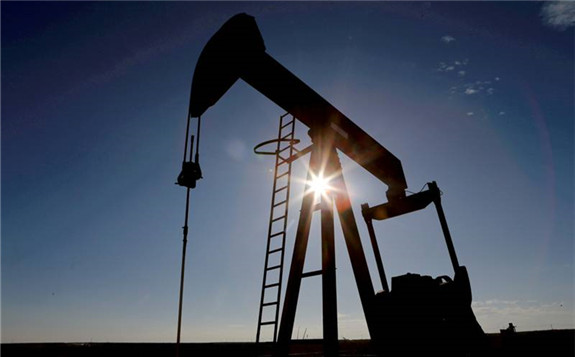Opec, the crude oil exporters' group, maintained its outlook for oil demand in 2022 and said it expected consumption to surge above pre-pandemic levels next year, according to its latest monthly market report.

The group maintained its oil demand forecast for next year at 4.2 million barrels per day from the previous month's forecast to reach 100.6 million bpd, amid continuing growth for the global economy.
However, Opec revised demand growth in some countries owing to macroeconomic projections and other challenges.
Higher demand growth in OECD Europe (Organisation for Economic Co-operation and Development) will be offset by “softer growth in industrial fuel demand in OECD America and Latin America”, it said on Thursday.
But the group trimmed its outlook for 2021 because of slower-than-anticipated demand from China, the world’s second largest economy, and India, one of the top crude consumers in the world. It also expects a slowdown in the pace of economic recovery in the fourth quarter of 2021 owing to higher energy prices.
Global oil demand in 2021 is estimated at 96.4 million bpd, 200,000 bpd lower than the previous month’s assessment.
Crude prices have rallied more than 60 per cent since the start of the year after a resumption in economic activity sparked a quick demand for energy.
Brent, the international benchmark under which two thirds of the world's oil is traded, was up 0.82 per cent at $83.32 per barrel at 7.07pm UAE time while West Texas Intermediate, the gauge that tracks US crude, was trading higher by 1.01 per cent at $83.16.
“OECD oil demand projections in the fourth quarter of 2021 were ... adjusted lower taking into consideration down revisions in the region’s economic outlook, high energy prices and uptick in Covid-19 cases.”
Coronavirus cases have been increasing in a number of OECD countries including the US, Germany, the UK and Turkey.
Oil demand was also revised lower in non-OECD countries from the previous month’s report.
“A wave of Covid-19 infections that forced targeted lockdown measures, as well as weaker manufacturing output and power sector challenges in China, have reduced third-quarter transport and industrial fuels demand in contrast to initial expectations.”
“India’s oil demand in the third quarter was also adjusted lower due to a slower recovery in the demand for industrial fuels.”
In October, the International Monetary Fund lowered its growth forecast for the global economy this year, owing to weakening momentum as result of Covid-19 outbreaks, uneven access to vaccines, supply chain disruptions and risks from rising inflation.
The fund revised down growth in 2021 to 5.9 per cent from its 6 per cent estimate in July, while keeping its 2022 projection unchanged at 4.9 per cent.
Opec+, the oil exporters bloc behind historic production cuts, agreed to increase output by 400,000 bpd in December the pressure from the US to bring on additional supply.
The group, headed by Saudi Arabia and Russia, adhered to its earlier agreement to bring a total supply of 2 million bpd back to markets by the end of the year.